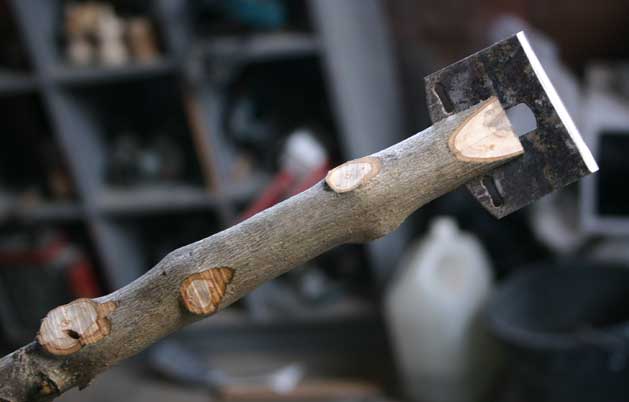Indeed Brent has collected a lot of interesting data. But I have the feeling that he is basing all his findings on one type of meassurement: looking through a microscope at the edge. If you really want to know what happens you will need a lot more meassurements, like the forces acting on the blade, looking at what happens to the woodsurface, even looking at what happens with the shavings.
Of course the Japanese Kato/Kawai have allready worked uot a lot of detail. It's a pitty most of their work isn't available in English. But here is an interesting one, translated in English:
http://planetuning.infillplane.com/html/review_of_cap_iron_study.html
One example where Brent is drawing conclusions too far ahead of his meassurement is about the chipbreaker. Looking at the size of the wearbevels he concludes that a chipbreaker can't break chips, so it doesn't work unless set rediculously close to the edge. Where he goes worng in this conclusion is the fact that the chipbreaker doesn't break chips, it supports the shaving, bending it back to the wood, so it can be cleanly cut. Only looking at the wearbevels won't ever give you that kind of insight. I doubt he really tried at that time how good a chipbreaker works at a distance much farther away from the edge.
These backbevels of him are also interesting. I think most people who don't use backbevels, do put more pressure with their fingers, just behind the edge, when finishing the back and removing the wireedge. Would this also remove the wearbevel? Do you really need to remove all of the wearbevel, or is it a tiny microbevel in itself?
So, overall, while looking through a microsope can give some interesting information, you should never forget to look at the larger picture.
And then there are a lot of people who don't really want to know what happens at the edge and just sharpen their blade and go to cutting some wood. I guess that's fine too. :mrgreen:




































